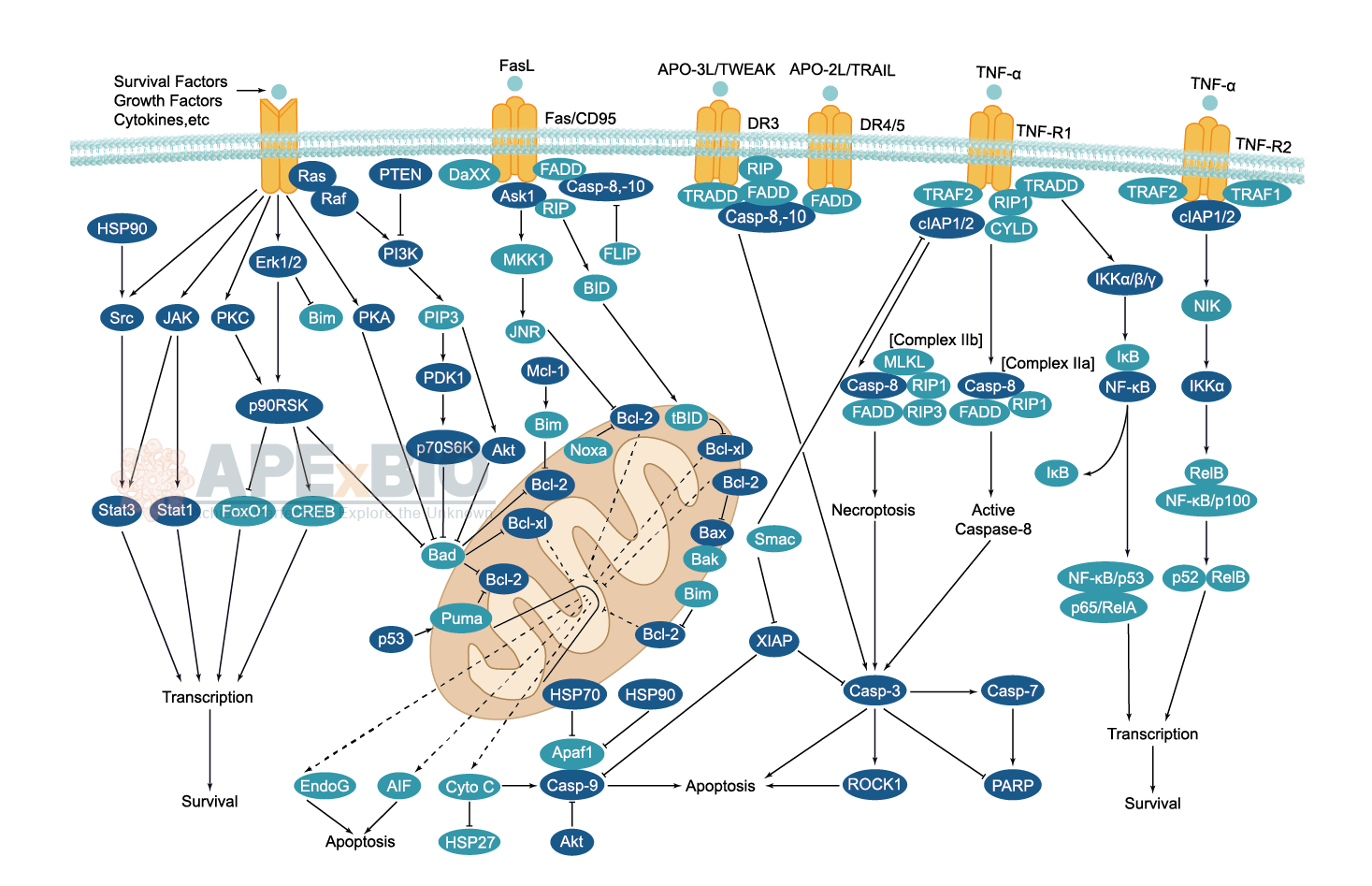Apoptosis
Apoptosis, also known as programmed cell death, is rigorously controlled process of cell death that leads to phagocytosis of unwanted cell. It is triggered after sufficient cellular damage and activated through extrinsic or intrinsic pathways. The intrinsic pathway is mainly occurs via release of cytochrome c from the mitochondria and regulates mitochondrial outer membrane permeabilization by Bcl-2 family proteins. The extrinsic pathway is induced by ligand binding to death receptor, such as Fas, TNFαR, DR3, DR4, and DR5. Caspases then cleave target proteins and nuclear lamins to promote DNA degradation, resulting apoptotic cells undergo phagocytosis. In addition, p53 has the ability to activate intrinsic and extrinsic pathways of apoptosis by inducing transcription of several proteins like Puma, Bid, Bax, TRAIL-R2, and CD95.
Some Inhibitors of apoptosis proteins (IAPs), such as XIAP/BIRC4 and Bruce/BIRC6, can block casapse activity through direct binding, while other IAPs, such as cIAP1/BIRC2, cIAP2/BIRC3, act as ubiquitin ligases that target caspases for ubiquitin-mediated degradation. Apoptosis is essential for growth, development and aging in multicellular organisms. Any alterations or abnormalities occurring in apoptotic processes contribute to development of human diseases, including cancer.
-
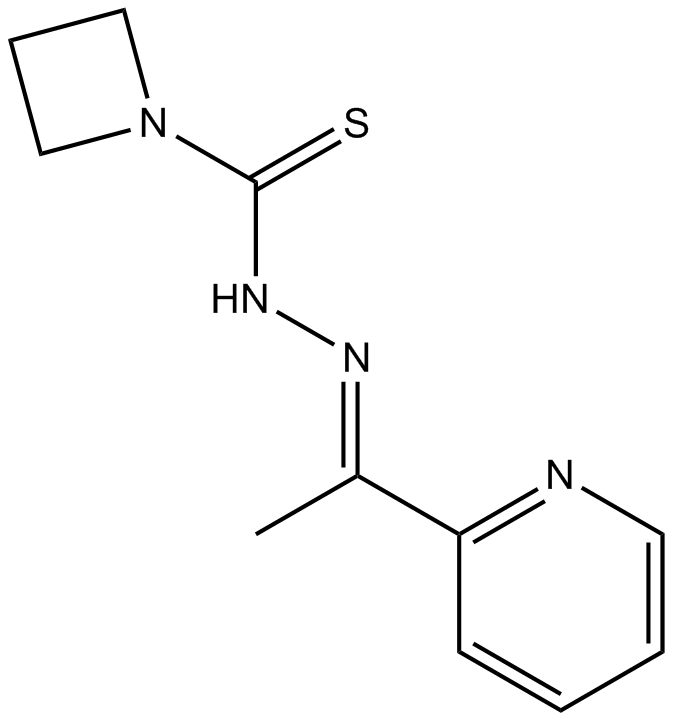 A4208 NSC 319726Target: p53Summary: Reactivator of mutant p53
A4208 NSC 319726Target: p53Summary: Reactivator of mutant p53 -
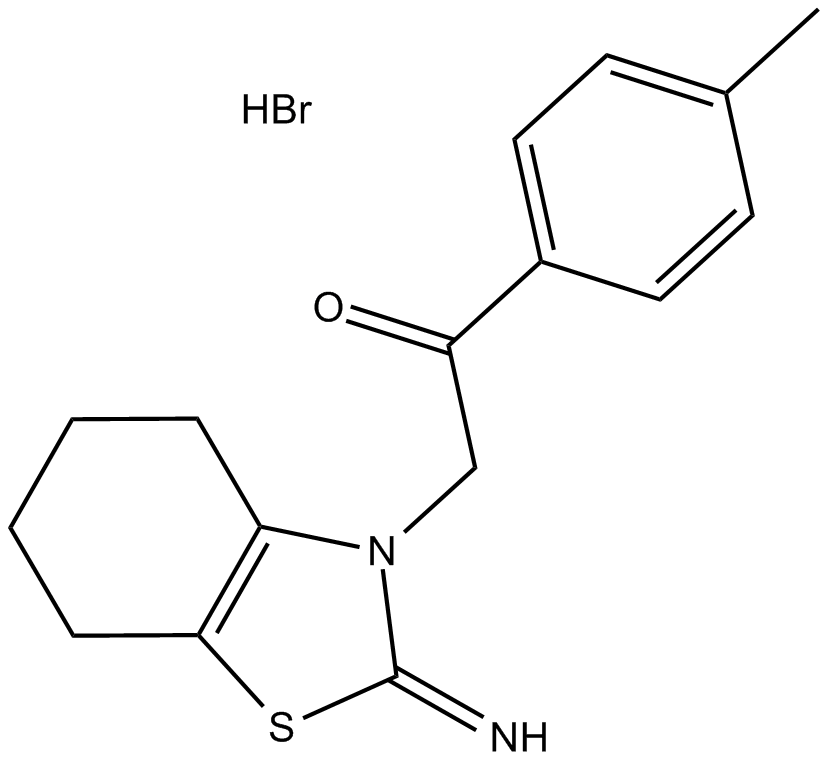 A4206 Pifithrin-α (PFTα)2 CitationTarget: p53Summary: p53 inhibitor
A4206 Pifithrin-α (PFTα)2 CitationTarget: p53Summary: p53 inhibitor -
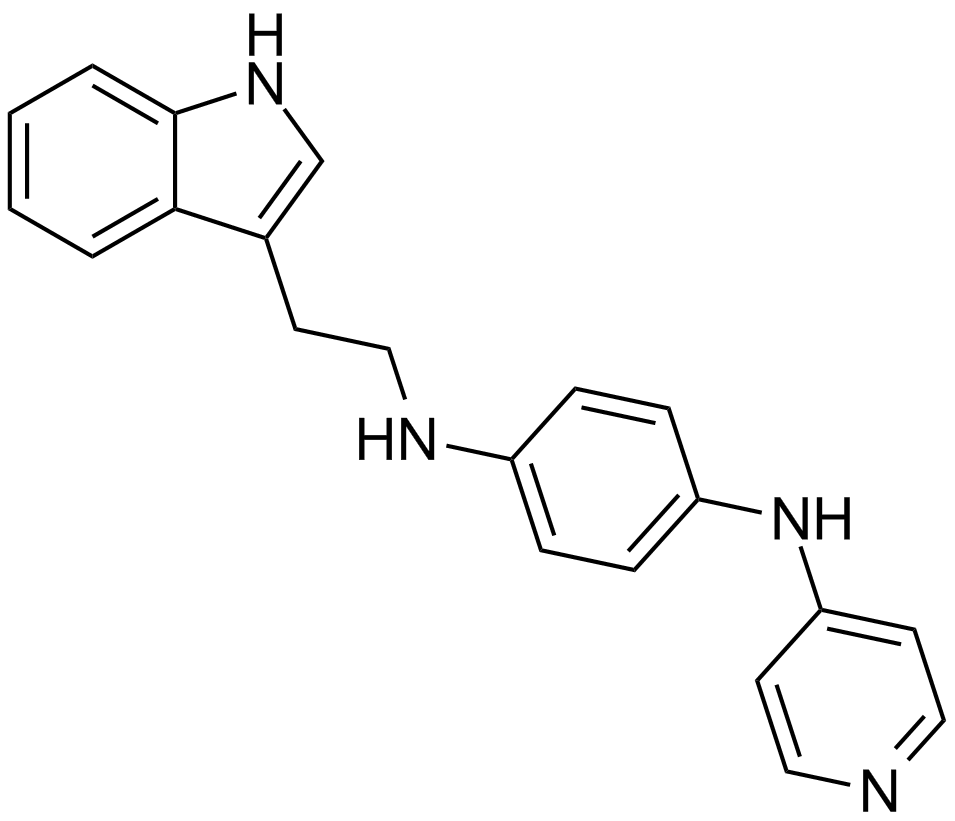 A4204 JNJ-26854165 (Serdemetan)1 CitationTarget: p53|HDM2 ubiquitin ligaseSummary: P53 activator, blocking Mdm2-p53 interaction
A4204 JNJ-26854165 (Serdemetan)1 CitationTarget: p53|HDM2 ubiquitin ligaseSummary: P53 activator, blocking Mdm2-p53 interaction -
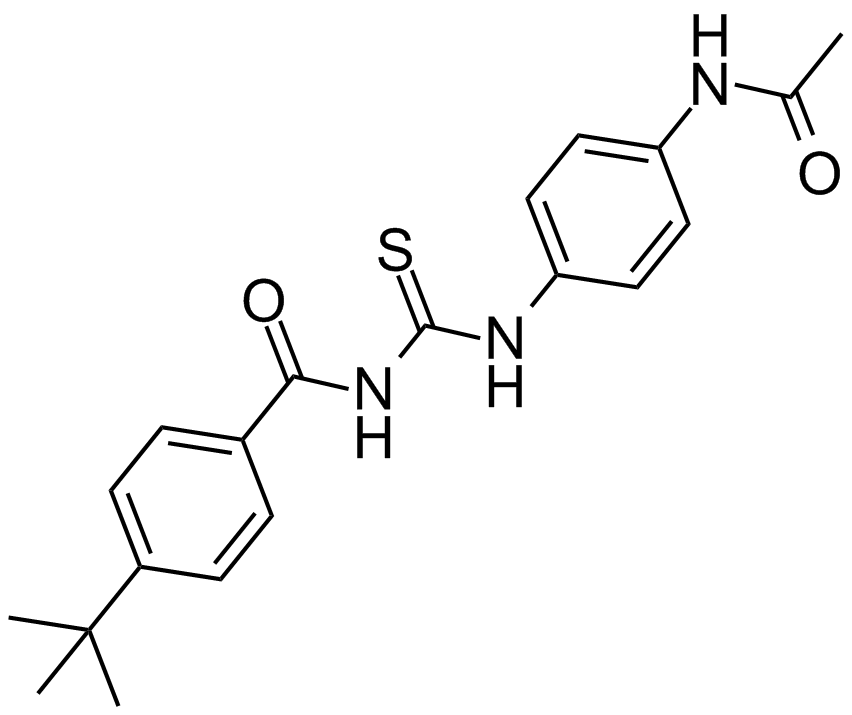 A4203 Tenovin-1Target: Sir2-like Family Deacetylases (Sirtuins)|p53|p21Summary: SIRT2 inhibitor, activates p53
A4203 Tenovin-1Target: Sir2-like Family Deacetylases (Sirtuins)|p53|p21Summary: SIRT2 inhibitor, activates p53 -
 A4481 PhiKan 083Target: p53Summary: p53 stabilizer
A4481 PhiKan 083Target: p53Summary: p53 stabilizer -
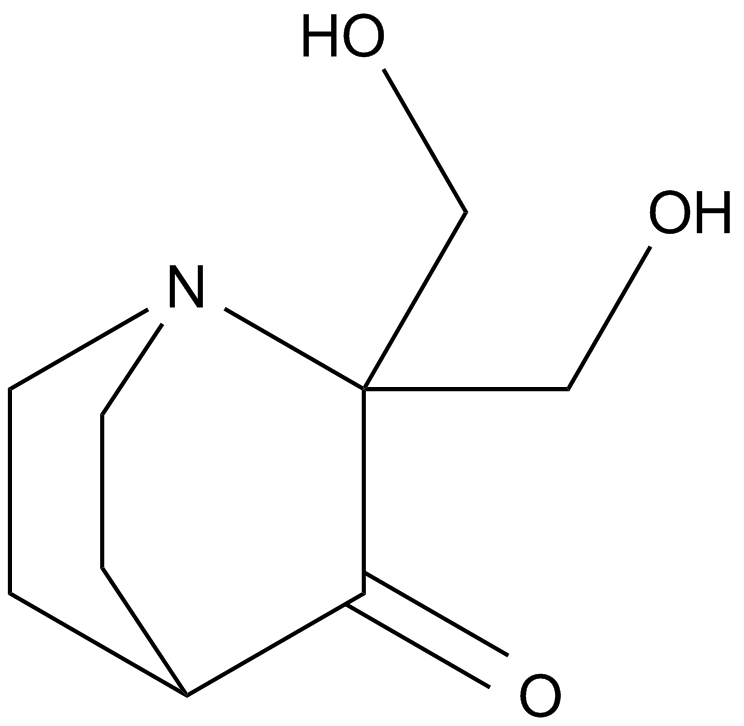 A4483 PRIMA-1Target: p53Summary: BAX inhibitor
A4483 PRIMA-1Target: p53Summary: BAX inhibitor -
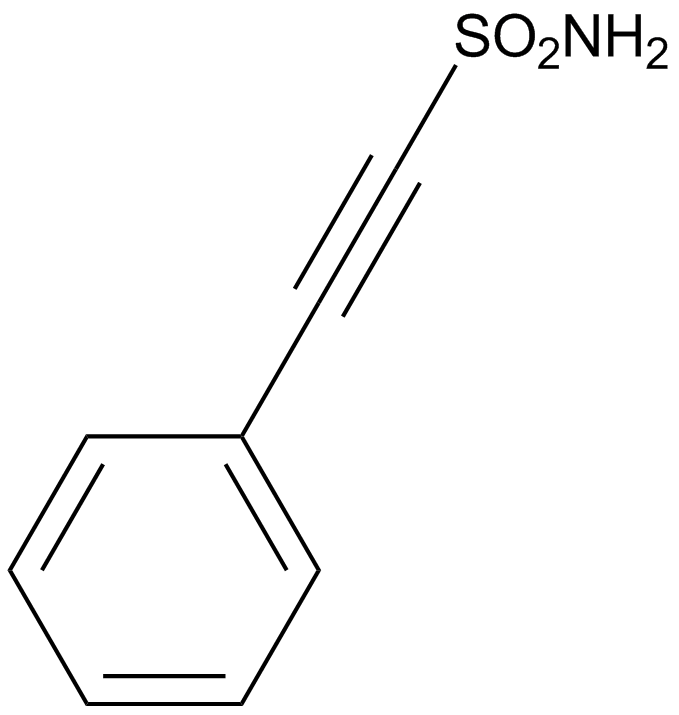 A4482 Pifithrin-μ1 CitationTarget: Autophagy|p53|HSP70Summary: Inhibitor of p53 binding and anti-apoptotic
A4482 Pifithrin-μ1 CitationTarget: Autophagy|p53|HSP70Summary: Inhibitor of p53 binding and anti-apoptotic


